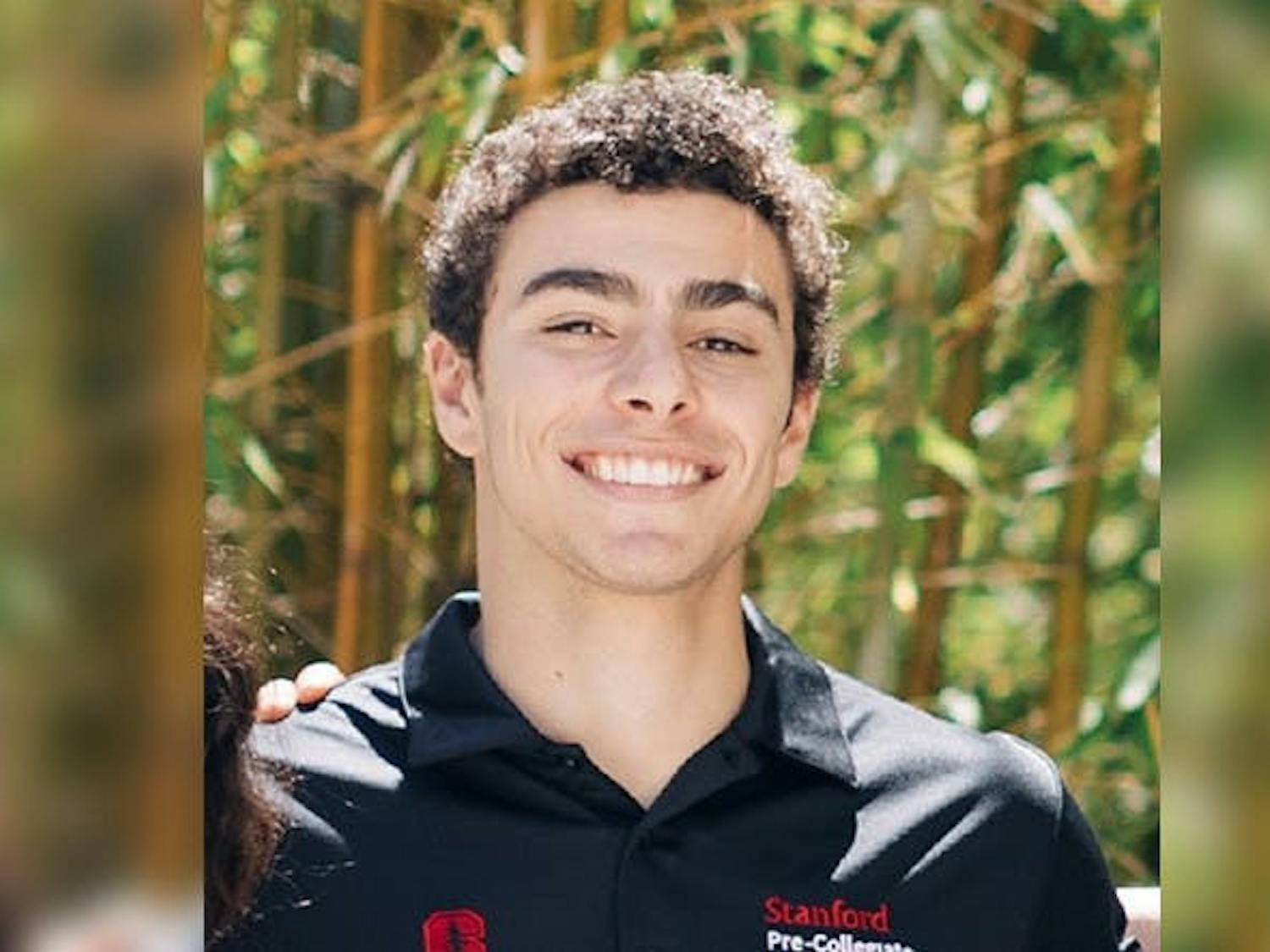Research funding to the University increased only slightly more than inflation last year, offering little hope that the University will reverse a decade-long slide in its national research funding rank. The University dropped from ninth place in total research funding to 19th between 1978 and 1988, according to a survey released this year by the Higher Education Data Sharing Consortium. While all major research universities averaged a 162 percent increase in private and government funding during the 10-year period, the University's research funding increased by 94 percent. After inflation, University research funding was up by only 18 percent, the report showed. In fiscal year 1990, the total value of all research grants awarded to the University rose 6.7 percent to approximately $220 million, according to an internal report released yesterday. But almost all of the increase was consumed by inflation. The after-inflation growth in research funding was only 1.3 percent. Fiscal year 1990 figures for other universities were not immediately available. "If you take inflation into consideration, we really haven't had any substantial growth," said Stuart Watson, assistant director of the Office of Research Administration. "We're not doing that well compared to our peer institutions. Some of them have had 15 to 20 percent increases." Merritt said the funding problem is worst in the life sciences, adding that research funding to the Medical School has dropped "significantly" relative to other medical schools over the last three years. "We're not satisfied," Vice Provost for Research Barry Cooperman said last month. "We think we can do better. What the University is wrestling with now is what to do about it." Increasing research funding is crucial to the University's future because departments need the resources to attract and hold on to top-flight scholars. The five-year academic plan for the University, released last week, says boosting research funding is a top priority. "Those that cannot afford to compete -- cannot pay competitive salaries, cannot fund graduate students, cannot make the capital-intensive investments that modern research requires -- will find themselves outdistanced by their better-funded rivals," the five-year plan states. Merritt said insufficient research facilities may be one reason for the low growth in research funding. Both Merritt and Cooperman said the University faces a research facilities space crunch, but added that such facilities as the newly opened Clinical Research Building and the planned Institute for Advanced Science and Technology, will alleviate the space problem. Another problem behind the funding lag may be that the faculty is not winning as many grants as they could, Merritt said, adding that most research funding is generated by the faculty. Merritt added that his office does not force faculty members to apply for grants, saying "we have typically relied on the schools . . . to push the faculty to do more." But the Office of Research Administration will try to let the faculty know more quickly about grant opportunities, Merritt said. It appears the research funding squeeze will get worse before it gets better. Research grants awarded to the University so far this year are more than $800,000 behind the pace for fiscal year 1990. Watson said many new grants are being held up by the federal government -- which provides 80 percent of the University research budget -- due to the budget deadlock in Washington. "The federal government has been playing games," Watson said yesterday. "They haven't got their budget together yet and everything is on hold. We're hoping that when the federal government gets its budget together, things will pick up."
The Daily Pennsylvanian is an independent, student-run newspaper. Please consider making a donation to support the coverage that shapes the University. Your generosity ensures a future of strong journalism at Penn.
DonateMore Like This
Here’s how Penn plans to celebrate America’s 250th anniversary
By
Arti Jain
·
15 hours ago
Van Pelt Library discontinues bag check security policy
By
Christine Oh
·
15 hours ago








